Art and architecture, it sometimes seems, have an unhealthy obsession with each other. When the commercial art gallery Hauser & Wirth announced an architecture season at its farmyard conversion in Somerset, I decided it would be a good opportunity to explore this relationship, and to pick out some trends in the way they connect. After all, the last couple of years have seen three major exhibitions in London art museums that have focused on architecture (‘Sensing Spaces’ at the RA, ‘Ruin Lust’ at Tate Britain, ‘Constructing Worlds’ at the Barbican), and smaller shows regularly claim some sort of interrogative capacity for exploring the interaction between these two broad categories of material culture.
Writing about the relationship between art and architecture was a bold ambition. The naiveté of my idea became obvious when I found myself giving a lift to an art history graduate. As we were driving, I asked her what she could tell me about the difference between sculpture and architecture. Clarifying some distinctions would, I reasoned, be a good starting point from which to explore how the two relate. I could separate them out on a kind of mental kinship diagram, and plot a neat web of intersecting lines between them. Except that when the art historian responded, she claimed there were no real differences at all. I disagreed, making various protestations about ‘size’ (‘If I can go in it, I think it’s a building’) and ‘utility’ (‘Can you live in a sculpture’?). Eventually, the debate became quite heated – ‘Who is in any position to judge an object’s utility?’, she said. ‘I’m going to say me’, I retorted – and I almost crashed into a building (or was it a sculpture?).
I can’t subscribe to the idea that art and architecture are fundamentally the same thing, but this conversation at least helped me to acknowledge how foggy they are as concepts. Fog is a good analogy. Is it liquid or gas? Art or architecture? Who cares? These things are not sealed categories, and they’re enlivened by debate. Artists become architects, architects become artists, and whichever camp they find themselves in, they’re bound to try to exert some influence over the other. The fog idea works elsewhere, too. Like a fog, we might say, art and architecture mediate between the viewer and other things; they cause objects and ideas to shift between confusion and clarity as we move in time and space. At this point, the analogy itself can get a little nebulous. Let’s stick with this idea of both art and architecture existing as a kind of mediation between the viewer and something else, and move on to the shows at Hauser & Wirth Somerset.
First up: Susan Philipsz’s sound installation, ‘As Many As Will’. Visually, the installation is presented as a grid of speakers sticking down from the roof of the Threshing Barn space, and a number of less obvious speakers in Hauser & Wirth’s Cloister courtyard. Moving though the two areas, the audience hears English folk tunes (sung by Philipsz), followed by a brief tune on the penny whistle, and then the rhythmic clapping of sticks. These are, in fact, four separate site-specific works, which are intended to reflect and shape our experience of the gallery’s bucolic setting. Here, the installation falls short of its mark. Playing recordings of rustic tunes and rhythms in a space that retains so much of its rural atmosphere feels more like a pastiche of perceptions of the countryside than a sensitive response to it; a mediation too far. I half expected to come across a dummy dressed in period costume, like those found in provincial town museums. Closing my eyes, though, in the warm sun that shone into the Cloister, the sounds were beguiling.
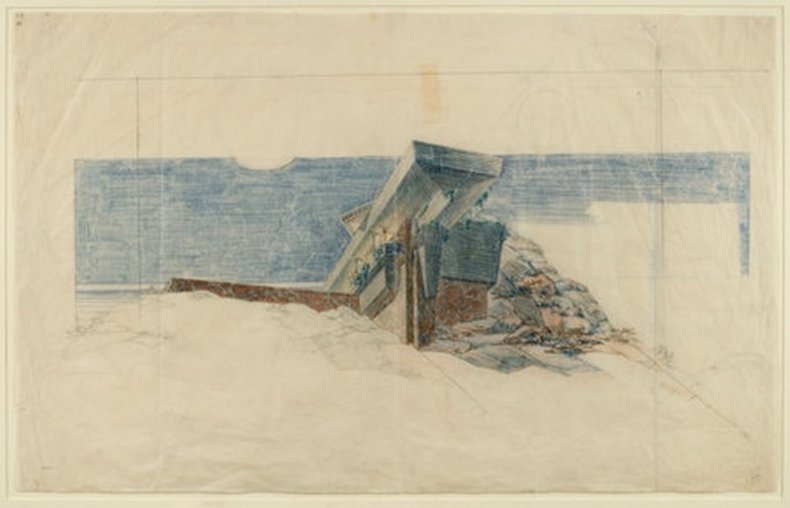
Drawing for the ‘Eaglefeather’ estate for Arch Oboler in the Santa Monica Mountains (1940), Frank Lloyd Wright. Courtesy of the estate of the artist
‘LAND MARKS’ is the second show currently on display as part of the gallery’s architecture season. The curators Nicholas Olsberg and Markus Lähteenmäki have brought together a multitude of images and objects in order (as the press release explains) to ‘follow two parallel paths, exploring the boundaries between sculpture and architecture and the power of structures to transform the landscape and the city into poetic environments’. Unlike Philipsz’s work, which overplays its relation to its rural surroundings, ‘LAND MARKS’ ignores its location entirely. This detachment brings to the fore some of the exhibition’s examples of more audacious attempts to create structures that transform and transcend their environments. However, it does feel odd to go so far from a city in order to explore it. The show might be more at home in an urban gallery than a converted piggery.
The thing that ties the two shows together, and which kicked off the gallery’s idea for an architecture season, is Smiljan Radić’s Pavilion. It sits (and fits) like an organic spaceship at the end of Piet Oudolf’s garden. It is architecture, it is art, it mediates between the viewer, the landscape, and the gallery, and it genuinely seems to realign the relationships between all these things. This is all the more extraordinary when you understand that it wasn’t designed for Hauser & Wirth Somerset at all, but created for the Serpentine Gallery’s yearly commission in Hyde Park. Radić’s pavilion achieves the architectural transcendence suggested by ‘LAND MARKS’, while approximating to Philipsz intention of responding to the environment in ‘As Many As Will’. What’s more, it makes these exhibits work together, leading the viewer to become more aware of their successes and failures, and ultimately, to a deeper consciousness of the relationship between art, architecture, and context.
Hauser & Wirth Somerset’s Architecture Season runs until 21 June.
Related Articles
Shells, rocks and follies: the Serpentine Pavilion 2014 responds well to its location (Zofia Trafas)
14 years of the Serpentine Pavilion
Modern ruins steal the show in ‘Constructing Worlds’ (Richard Martin)
‘Ruin Lust’ at Tate Britain (Martin Oldham)
Ancient Contemporary: Hauser & Wirth Somerset (Jack Orlik)
Unlimited access from just $16 every 3 months
Subscribe to get unlimited and exclusive access to the top art stories, interviews and exhibition reviews.

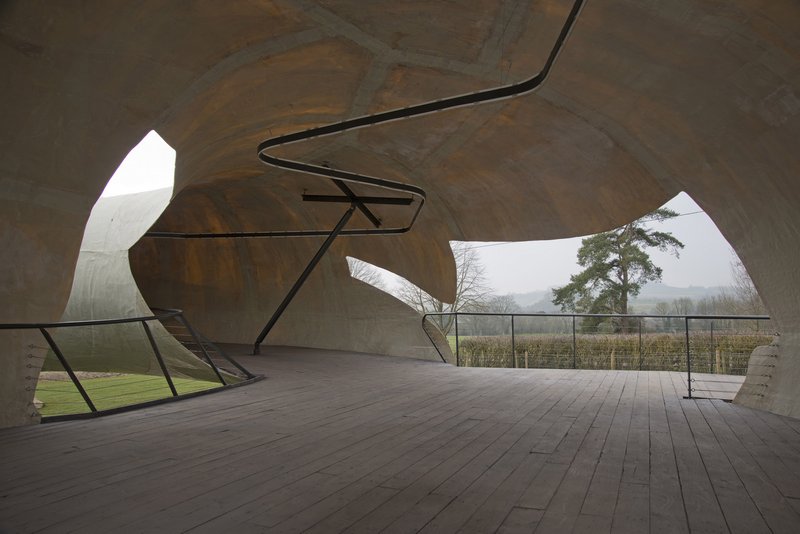
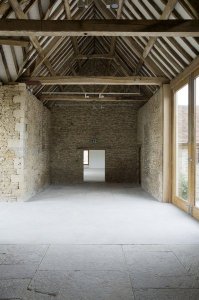
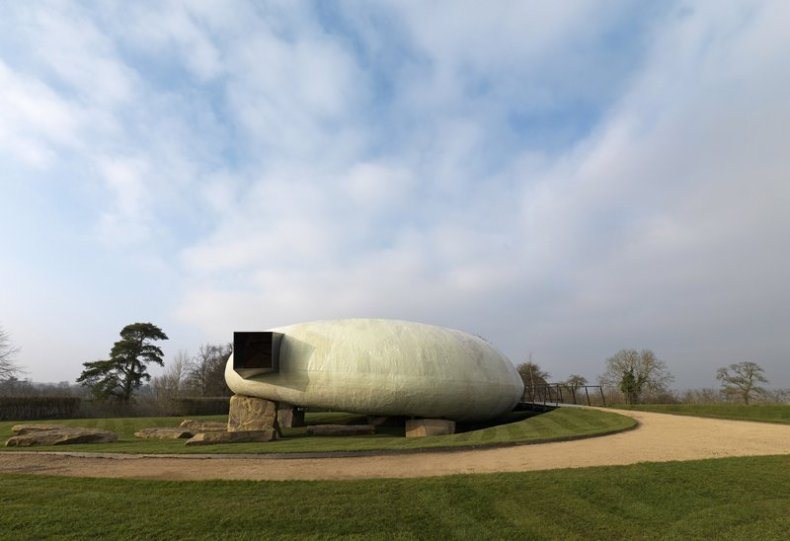
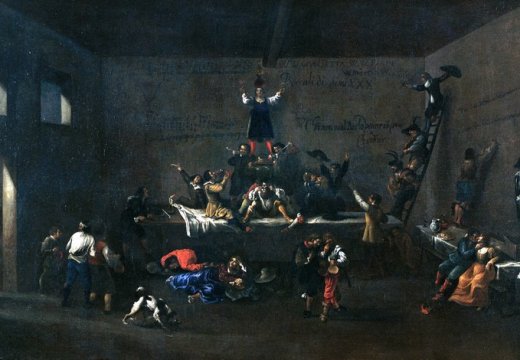











![Masterpiece [Re]discovery 2022. Photo: Ben Fisher Photography, courtesy of Masterpiece London](http://www.apollo-magazine.com/wp-content/uploads/2022/07/MPL2022_4263.jpg)
It’s time for the government of London to return to its rightful home